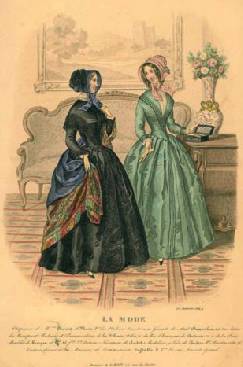Brief description of Emerald green:
It's a poisonous copper-acetoarsenite developed in an attempt to improve Scheele's green in 1808 and commercially availble from 1814. This became known in England as emerald green, and for a time it was the finest green pigment known, rapidly displacing Scheele's green.Unusually it has a brilliant blue-green to green colour with fair hiding power. Unfotunately, it is also chemically not stable and very poisonous and therefore was used just until ealry 1900s. Because it was quite cheap to manufacture, emerald green was used not only as an artist’s paint but as a household paint: it was widely used on patterned wallpaper. This made damp rooms death traps, and in the 1860s the British Times newspaper expressed alarm about the possibility that young children were being killed by the deadly fumes emanating from their bedroom walls. It is believed that Napoleon’s death in exile on St Helena was hastened this way. It can be seen more in watercolour medium particularly sea and landscapes.
Names for Emerald green:
| Alternative names: | Paris green, Veronese green, Schweinfurt green | ||||||
| Word origin: | The name "Emerald green" comes from From Latin smaragdus = precious stone.. | ||||||
| Non-English names: |
|
||||||
| Origin: | artificial | ||||||
| Chemical name: | Copper(II)-acetoarsenite |
Example of use by artists:
A killer pigment thoughtout XIX Century Europe

Fashion plate from La Mode, 1848
Unfortunately, it was not just wallpapers that were dyed green with arsenic based emerald green— clothes were. The Times newspaper asked “What manufactured article in these days of high-pressure civilization can possibly be trusted if socks may be dangerous” following a revelation that high levels of arsenic were found in socks. Medical reports of ill effects of arsenic green dresses abounded. The picture shows an 1848 fashion plate from La Mode where the dress was probably dyed with arsenic green as it is the ink for the stamp, a copper-arsenic salt.
(intro) - Cobalt green - Copper resinate - Emerald green - Green earth - Malachite - Verdigris - Viridian

